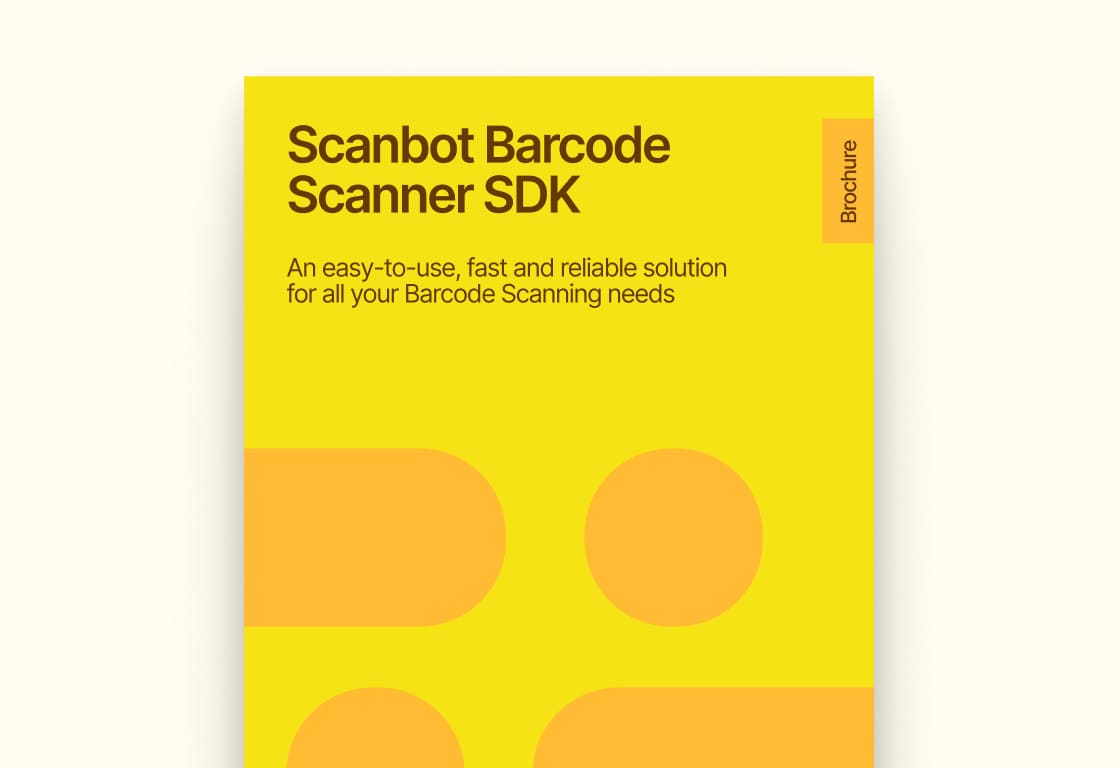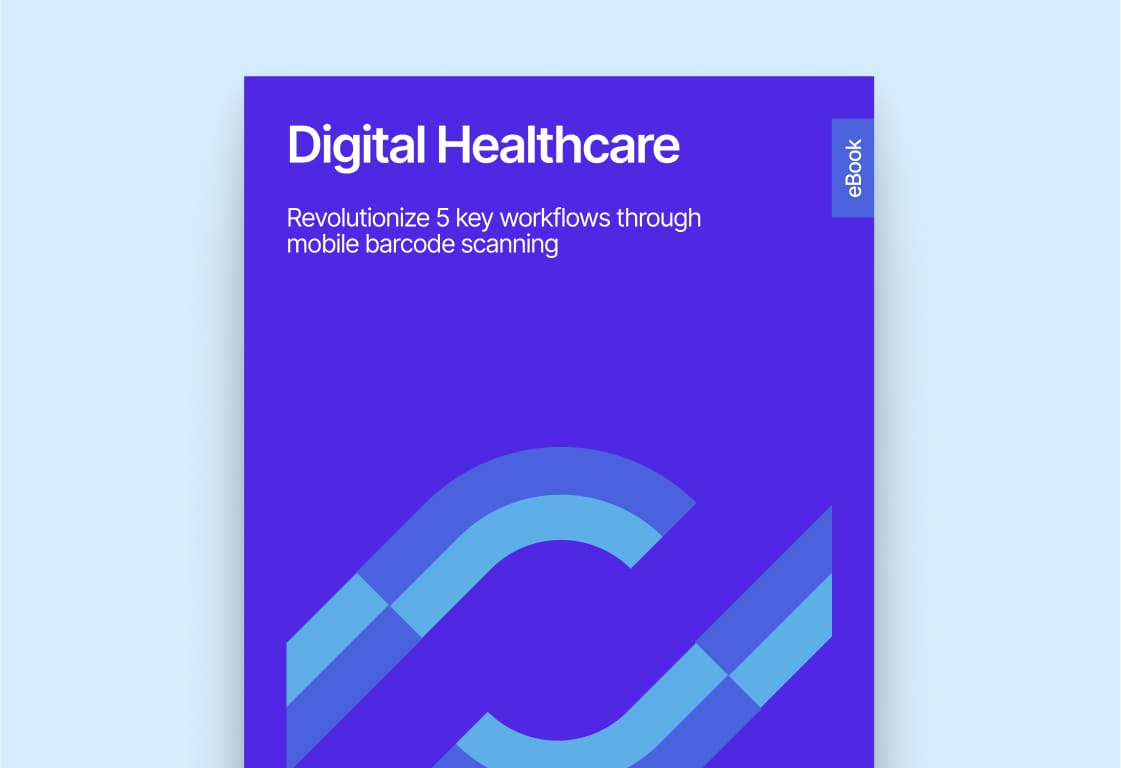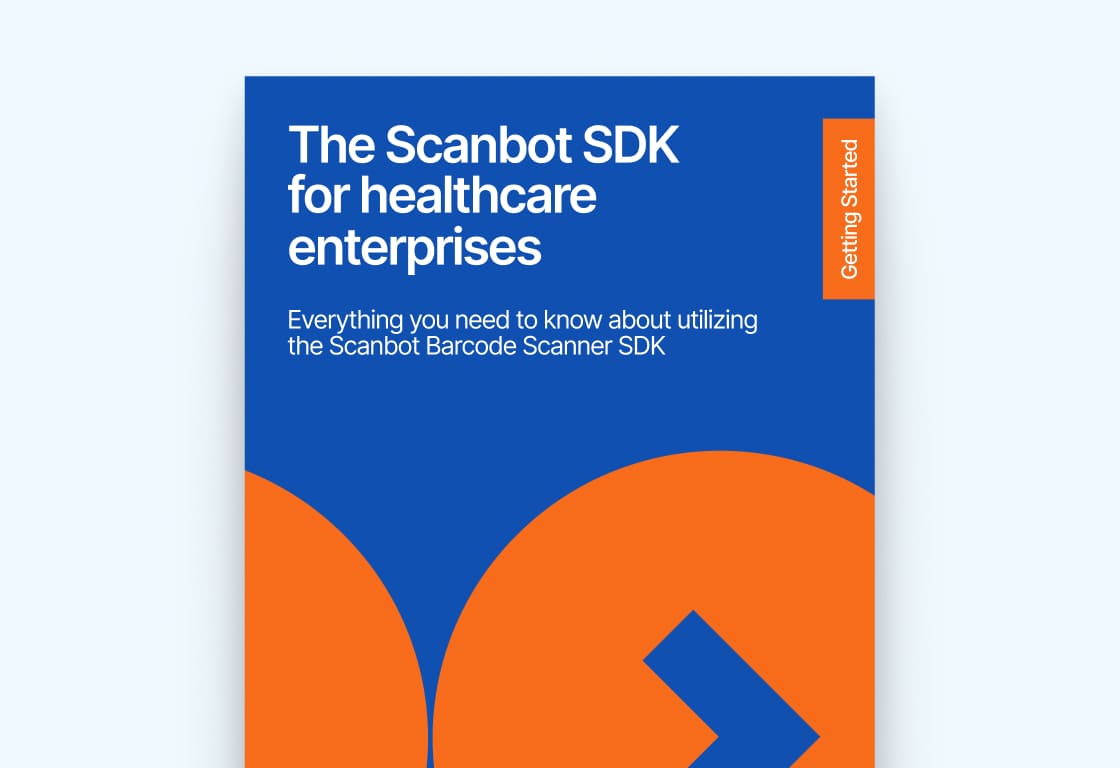Providing patients in Eswatini with compassionate and comprehensive healthcare
The Luke Commission
Since 2005, The Luke Commission has been providing the people of Eswatini, Southern Africa, with free, compassionate, and comprehensive healthcare. Its goal is to bring hope, help, and healing to the most isolated and underserved populations of Eswatini, both at its Miracle Campus and with more than 1,500 mobile health outreach missions each year. In 2022, The Luke Commission counted over 217,000 outpatient visits.
Industry
Healthcare
Company Size
650 employees
Use Case
Fast and reliable scanning of PDF417 barcodes on Eswatini’s national ID cards
Availability
iOS & Android
Development Platform
Cordova (iOS) / Native (Android)
Product
Goal
In order to quickly onboard new patients, The Luke Commission was looking for a reliable barcode scanning solution to integrate into its mobile apps. Scanning the PDF417 barcodes on Eswatini’s ID cards would eliminate the error-prone and time-consuming process of manually entering the 13-digit ID numbers.
Challenge
Eswatini’s ID cards use a PDF417 barcode with a custom data structure which many barcode readers cannot process. The Luke Commission needed a solution that would scan these barcodes flawlessly and could be seamlessly integrated into their mobile apps.
Solution
The Scanbot Barcode Scanner SDK was successfully integrated into The Luke Commission’s iOS and Android apps within just two weeks. It scans the special PDF417 barcodes on Eswatini’s ID cards rapidly and flawlessly, which cut the time spent on data entry by 75%. Scanning works so well that The Luke Commission plans to also use the SDK for inventory management in the future.
Key results
75% less time needed for data entry
Fast and accurate scanning of custom PDF417 data format
Integrated within 2 weeks
The SDK helped us to do something previously unachievable — to scan a national ID from a smartphone to upload to our electronic medical record. This functionality not only saved time required by manual data entry, but also eliminated data entry errors.
Sam Riggleman
Senior Engineer @ The Luke Commission
Fast and easy patient onboarding with smartphone-based scanning of PDF417 barcodes – The Luke Commission faced the following challenge
The Luke Commission aims to bring comprehensive medical care to those without access to treatment. With over 200,000 outpatient visits each year, its healthcare workers constantly create new electronic medical records, which involves registering patients using their IDs. For this, they used to enter the patient’s 13-digit ID number into The Luke Commission’s mobile app.
This manual entry proved slow and error-prone. However, the number can also be extracted from the PDF417 barcodes on Eswatini’s ID cards – provided a barcode scanner able to read the special data format they use.
Custom barcode specifications need to be parsed correctly so that the data reaches the backend without issues. Finding a capable barcode scanning solution that could be integrated into their iOS and Android apps proved a challenge.
Here’s how the Scanbot SDK saves The Luke Commission’s healthcare workers valuable time
With the Scanbot Barcode Scanner SDK, The Luke Commission finally found the solution they were looking for. The integration into their mobile apps was completed successfully within two weeks. Healthcare workers can now scan the PDF417 barcodes on their patients’ ID cards instead of entering the data manually. This reduces the time needed by 75% and prevents input errors.
Recognizing the financial circumstances of a non-profit NGO, Scanbot SDK provided its solution to The Luke Commission at a fraction of the usual price. In this way, we hope to further support its mission of bringing compassionate care to the underserved parts of Eswatini.
As the Scanbot Barcode Scanner SDK supports a wide range of barcode types, The Luke Commission is now looking into applying the solution to its inventory management system as well.
The Luke Commission’s patient onboarding workflow before integrating the Scanbot SDK
- A healthcare worker wants to register a new patient.
- They ask for the patient’s ID card and open The Luke Commission’s mobile app.
- They manually enter in the 13-digit ID number.
- They check the number for any typos and save the patient file.
- If there is an error in the file, the patient needs to be contacted again to amend it, wasting valuable time.
The optimized workflow with the Scanbot SDK
- A healthcare worker wants to register a new patient.
- They ask for the patient’s ID card and open The Luke Commission’s mobile app.
- They scan the PDF417 barcode on the ID card. The ID number is transmitted automatically and saved to the patient file in a matter of seconds.
Scanbot SDK’s mission and vision
Our initial goal for the Scanbot SDK was for it to read any information via mobile devices – today, this has become a reality. The easy-to-integrate software creates virtually endless possibilities to streamline and facilitate processes for companies, employees, and customers alike, whether in retail, manufacturing, or logistics.
We now build computer vision algorithms and machine learning models that understand all kinds of different document types. Our efforts open up even more possibilities for automated workflows that connect and process data in real time.
At the same time, we want to protect users’ personal data, which is why we opted for on-device intelligence. Our 100% offline solution ensures that data is safe from any outside attacks. To guarantee maximum privacy, no information is ever sent to Scanbot SDK’s or any other server.
Ready to explore synergies?
Talk to one of our solutions experts to discover how we can solve your mobile data capture requirements.
Learn more about our scanning solutions
See all resourcesBarcode Scanning
Brochure
Learn everything you need to know about Barcode Scanning with Scanbot SDK
Learn More
Healthcare
eBook
Revolutionize 5 key workflows with mobile Barcode Scanning
Learn More
Healthcare
Getting Started
Everything healthcare enterprises need to know about the Scanbot SDK
Learn More